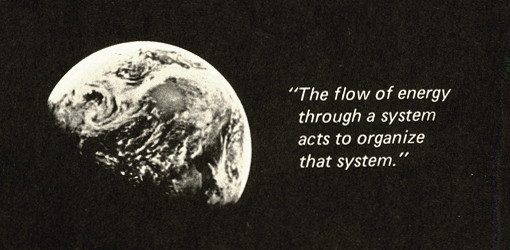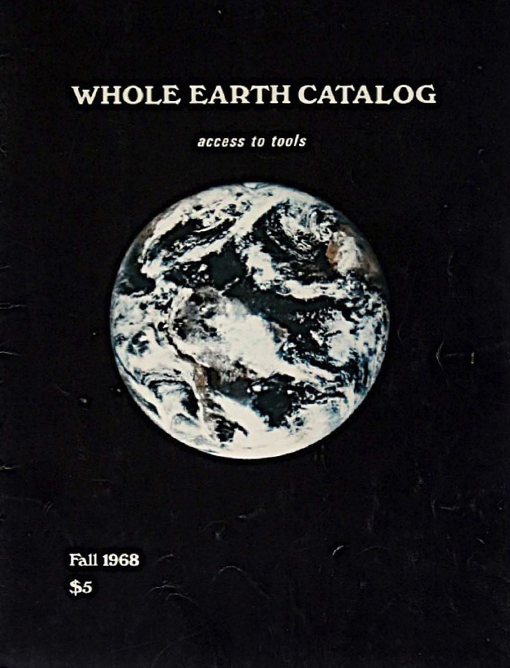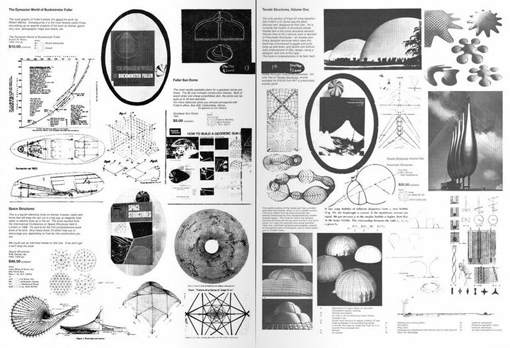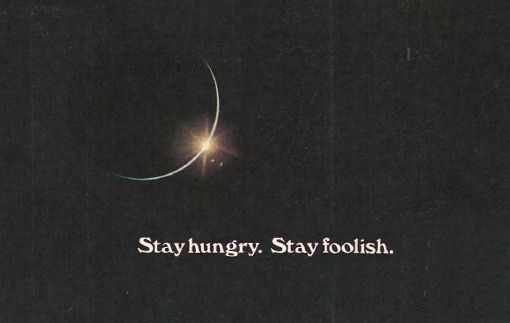Access to Tools.
Posted on October 25, 2012 | posted by:The Milky Way.
I think it’s safe to say that those of you reading this know what that is. Furthermore, you’ve probably even seen photos of it. On a more scalar level, you also most likely appreciate what it means to be part of a community, a nation and a global system. These are not novel concepts of our time.
The generation of the 1960s, however, was not privy to this form of enlightenment—their knowledge of these ideas was far more ambiguous. The 60s and the late 70s in North America, and perhaps globally, were undeniably cataclysmic for our collective consciousness. This era paid witness to the Vietnam War, Nixon’s reign as president, the assassination of Martin Luther King, the threat of separatism from the Québecois and countless other forms of rampant social upheaval. Just like any other point in history, however, this divergent moment in time was not fully understood by those living throughout it. Out of this strife and confusion, came the desire to renovate industrial America and to create a more socially-evolved world. The rampant question was … how? Stewart Brand, an American writer and techno-hippie, believed he could answer this question by publishing what is now known as his brainchild, The Whole Earth Catalog.
As a kid, I grew up in a household with The Whole Earth Catalog, and other revolutionary and underground publications like Radical Software and Dream Machine. From my naive vantage point these periodicals always seemed to be just average old magazines, which could be categorized with the likes of Popular Science and National Geographic. In actuality, nothing could be further from the truth. This was like comparing apples to spaceships.
The Whole Earth Catalog, was a reactionary ‘counter-culture’ publication, which ran from 1968 to 1974. Today, we would probably even say that it was the earliest form of open source, hyperlinks and the Internet. It was essentially the Google of the 1960s. It connected people to tools and services that they may not have previously had contact with. It was a utopian outlook. But, let’s not get too far ahead of ourselves.
We’ve probably seen this photo, or one just like it, hundreds of times. It’s a classic photo of earth as seen from space. Until the first issue of The Whole Earth Catalog was released, however, this image was a mere rumor and its release into the public was subsequently groundbreaking. Stewart Brand, believed that this image would act as a symbol to empower individuals and to elicit a sense of interconnectedness. He was right. This photo shifted that generation’s outlook from a national level to a global one. What was once felt to be a messy and a chaotic existence, started to look fluid and organized. Amongst the turmoil of the time, the individual was given evidence of the interconnected system of systems. Much like the galaxy we now know, all things great and small were nested within that single expanding space. As Brand once said, this is all we’ve got and we’ve got to make it work. There’s no backup.
Wicked problems are not optional. They are probably going to be stuck with us indefinitely. What is optional is the power to act and to create as an individual. In a time when the information service and distribution system were top-down and rampantly capitalist, Stewart Brand created a grassroot medium where his readers had ‘access to tools’. He turned his readers into information hunters and gatherers, and connected them to a compendium of tools they needed to shape their environments and to share their adventures. Ultimately, Brand gave his public self-determination through the sometimes comical content of The Whole Earth Catalog. This Google-like access decentralized the power of the overarching top-down system, and demonstrated that it was possible to affect change within one’s own space. At a time when the roots of control were questionable, The Whole Earth Catalog pushed for the use of science, intellect and new technology as a source of empowerment and engagement. The photo of the Earth from space wedged the concept of global systems into our consciousness, whereas the pragmatic content between the cover pages demonstrated the power of a bottom-up, distributed model.
I believe that the underlying values of The Whole Earth Catalog are highly reflective of this malleable practice we call transdisciplinary design. On one level, as trandisciplinary designers, we’re asked to consider the nuances of larger systems. We look to the micro and the macro level of everything we intervene with so that we can paint the ‘bigger picture’ of our problemscape. But in reality we are but single specks among the nodes of that very system we seek to dissect—we are but individuals. Ultimately, the ‘catalog’ the transdisciplinary designer needs is no longer peppered with artifacts. Instead, it is composed of local knowledge. The characteristics we now rely on are the insights stakeholders can offer into the services, policies, environments, and landscapes that interconnect with our problem. These are our tools.
Stewart Brand once said “I choose to be personally optimistic and globally pessimistic—in the sense of not becoming cynical but becoming focussed on how things can go wrong and what we can do to fix them”. Transdisciplinary design is about considering the profile of a problem with the same outlook. you need to know when the intervention of something as simple as a photo of the Earth from space, can have transcending effects across a system. Moreover, it’s about understanding that the power of the individual doesn’t exist without the insights of the community. A good idea isn’t built using just one tool—it requires many.



